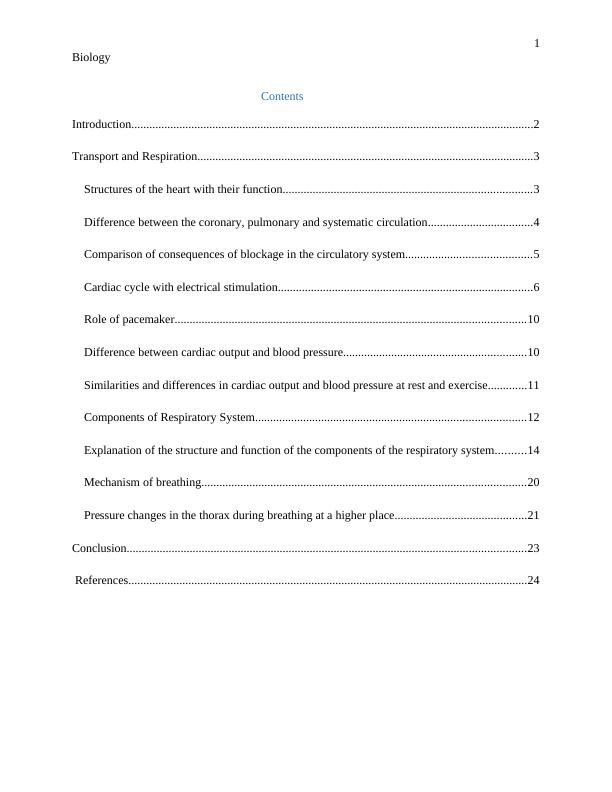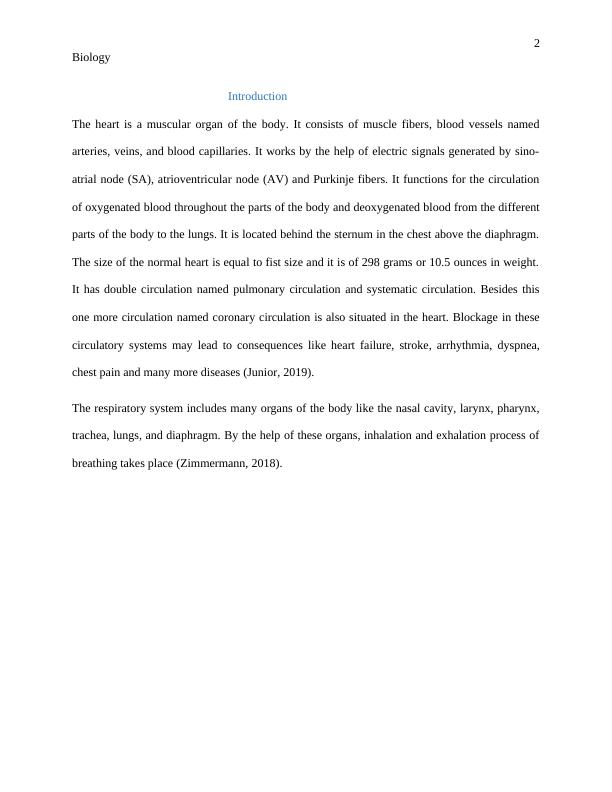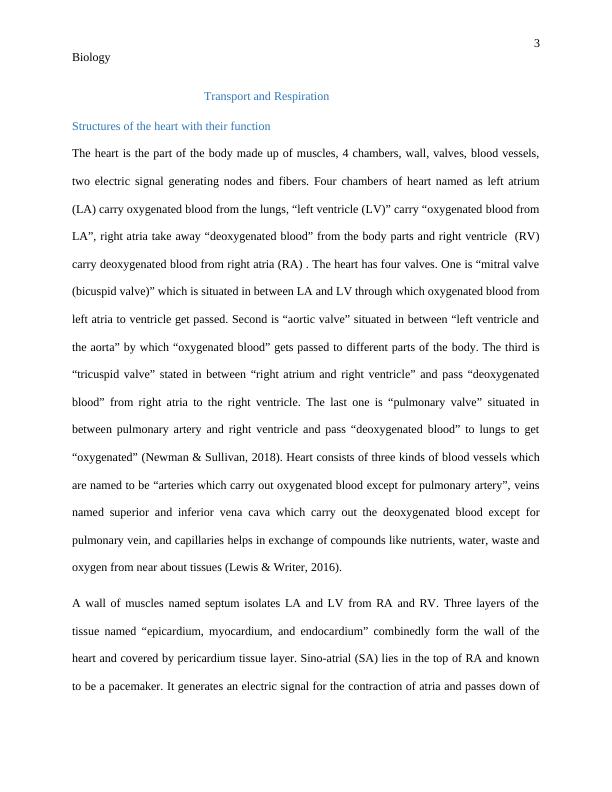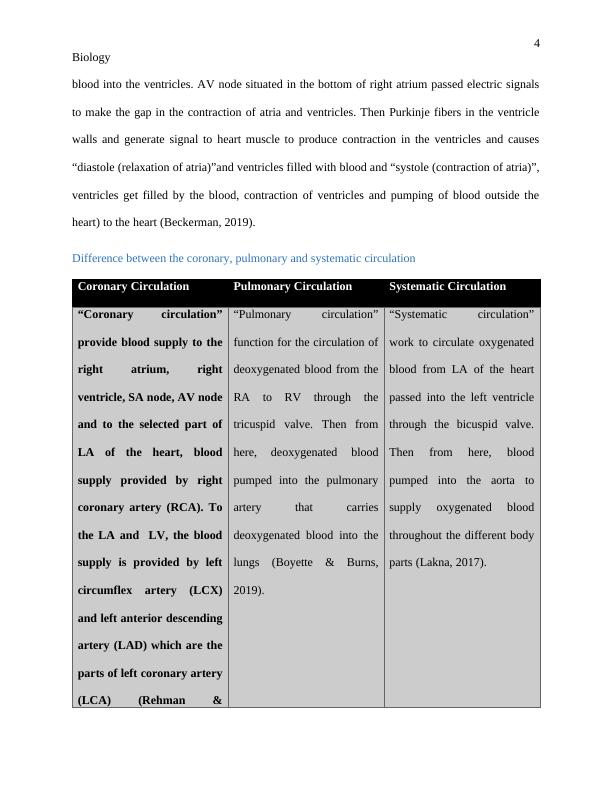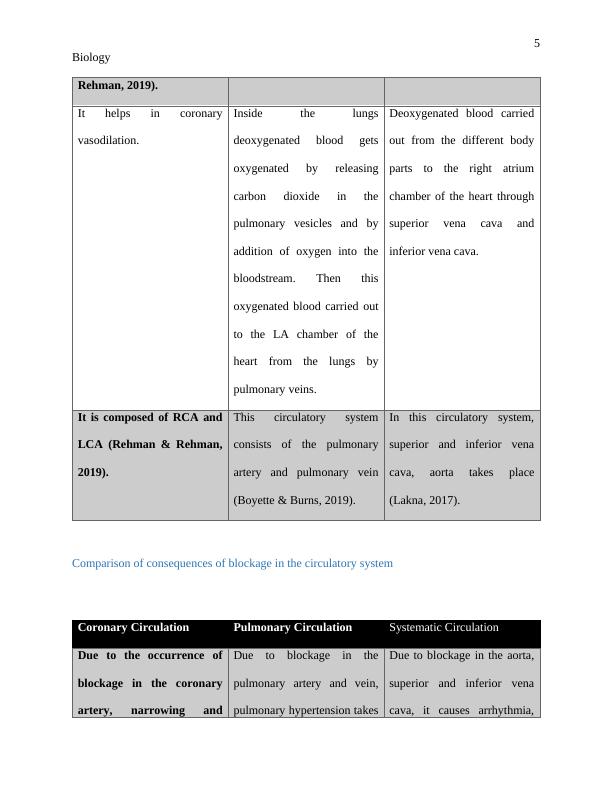Transport and Respiration in Biology
Attach this assignment brief to any written work for assessment. Learner must demonstrate understanding of major components and functions of blood, structure and function of the heart, role of the heart in circulation, relationship between blood pressure and cardiac output, and structure and function of arteries, veins, and capillaries.
Added on 2023-03-17
About This Document
Transport and Respiration in Biology
Attach this assignment brief to any written work for assessment. Learner must demonstrate understanding of major components and functions of blood, structure and function of the heart, role of the heart in circulation, relationship between blood pressure and cardiac output, and structure and function of arteries, veins, and capillaries.
Added on 2023-03-17
End of preview
Want to access all the pages? Upload your documents or become a member.


